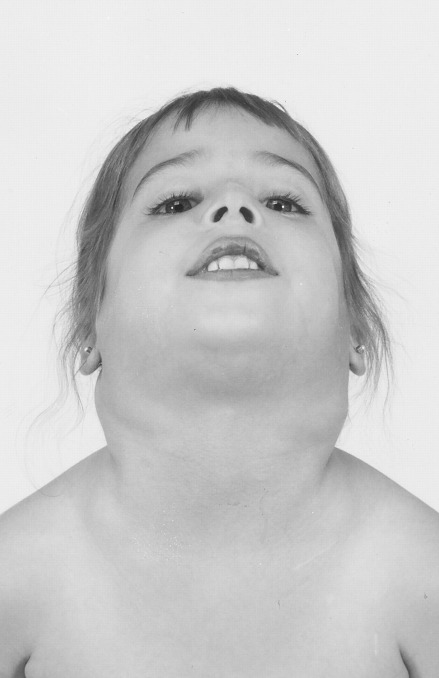Autoimmune lymphoproliferative syndrome physical examination
|
Autoimmune lymphoproliferative syndrome Microchapters |
|
Differentiating Autoimmune lymphoproliferative syndrome from other Diseases |
|---|
|
Diagnosis |
|
Treatment |
|
Case Studies |
|
Autoimmune lymphoproliferative syndrome physical examination On the Web |
|
American Roentgen Ray Society Images of Autoimmune lymphoproliferative syndrome physical examination |
|
FDA on Autoimmune lymphoproliferative syndrome physical examination |
|
CDC on Autoimmune lymphoproliferative syndrome physical examination |
|
Autoimmune lymphoproliferative syndrome physical examination in the news |
|
Blogs on Autoimmune lymphoproliferative syndrome physical examination |
|
Directions to Hospitals Treating Autoimmune lymphoproliferative syndrome |
|
Risk calculators and risk factors for Autoimmune lymphoproliferative syndrome physical examination |
Editor-In-Chief: Editor-In-Chief: C. Michael Gibson, M.S., M.D. [1] David Teachey, MD [2] Associate Editor(s)-in-Chief: Sharmi Biswas, M.B.B.S
Overview
Common physical examination findings of Autoimmune lymphoproliferative syndrome(ALPS) include lymphadenopathy, Hepatomegaly, or splenomegaly. The majority of patients(80%) have enlarged, palpable, non -tender lymph nodes for an extended period of time. Cervical, axillary, inguinal lymphadenopathy are mostly found. But preauricular, submental, epitrochlear, mediastinal, and retroperitoneal nodes are detected occasionally. Moderate to massive splenomegaly is evident in 85% of patients with ALPS. Minor hepatomegaly is also a common finding. Lymphadenopathy, splenomegaly, hepatomegaly improve with age.
Physical Examination
Skin
Head
- Lymphadenopathy: >90% of patients present with chronic non-malignant lymphadenopathy. It can be mild to severe, affecting multiple nodal groups. Most commonly presents with massive non-painful hard cervical lymphadenopathy

Lungs
- Pulmonary examination of patients with ALPS is usually normal.
Heart
- Cardiovascular examination of patients with ALPS is usually normal.
Abdomen
- Splenomegaly: >80% of patients present with clinically identifiable splenomegaly. It can be massive.
- Hepatomegaly: 30-40% of patients have enlarged livers.
Back
- Back examination of patients with ALPS is usually normal.
Genitourinary
- Genitourinary examination of patients with ALPS is usually normal.
Neuromuscular
- Neuromuscular examination of patients with ALPS is usually normal.
Extremities
- Extremities examination of patients with ALPS is usually normal.
References
- ↑ Matson, Daniel R.; Yang, David T. (2019). "Autoimmune Lymphoproliferative Syndrome: An Overview". Archives of Pathology & Laboratory Medicine. 144 (2): 245–251. doi:10.5858/arpa.2018-0190-RS. ISSN 0003-9985.
- ↑ Rao, V. Koneti; Oliveira, João Bosco (2011). "How I treat autoimmune lymphoproliferative syndrome". Blood. 118 (22): 5741–5751. doi:10.1182/blood-2011-07-325217. ISSN 0006-4971.
- ↑ Sneller, Michael C.; Wang, Jin; Dale, Janet K.; Strober, Warren; Middelton, Lindsay A.; Choi, Youngnim; Fleisher, Thomas A.; Lim, Megan S.; Jaffe, Elaine S.; Puck, Jennifer M.; Lenardo, Michael J.; Straus, Stephen E. (1997). "Clinical, Immunologic, and Genetic Features of an Autoimmune Lymphoproliferative Syndrome Associated With Abnormal Lymphocyte Apoptosis". Blood. 89 (4): 1341–1348. doi:10.1182/blood.V89.4.1341. ISSN 1528-0020.